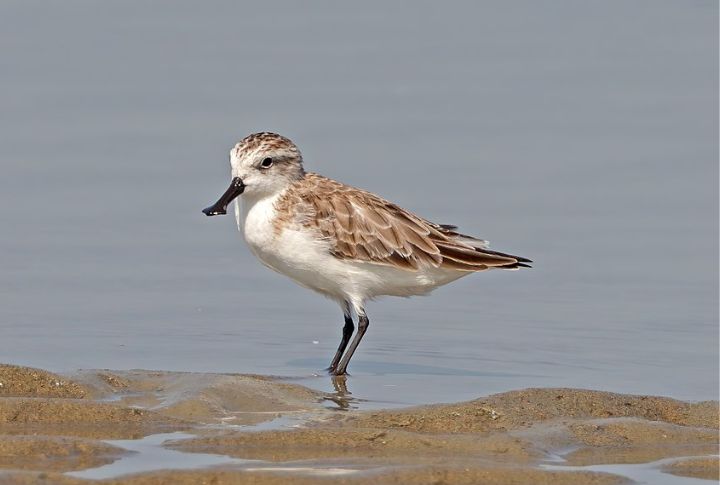
For birdwatchers, the thrill lies in spotting what others might overlook for birds. Across the globe, certain birds are masters of staying hidden, their beauty revealed only to the most determined observers. These species are the ultimate test for lovers of avian mysteries.
Kakapo (Strigops Habroptilus)
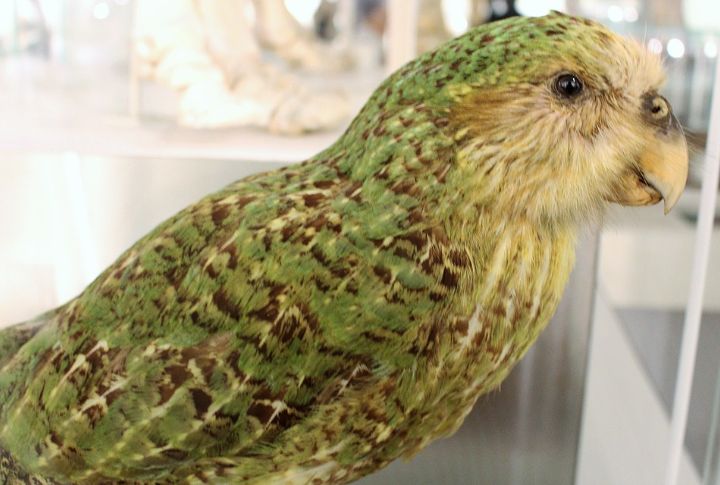
Critically endangered and nocturnal, the Kakapo hides within dense New Zealand forests. Only around 250 exist today! Known for its distinct moss-green feathers, this owl-like parrot also lacks flight ability and relies on climbing. Could anything be more intriguing than a parrot that walks?
Spoon-billed Sandpiper (Calidris Pygmaea)
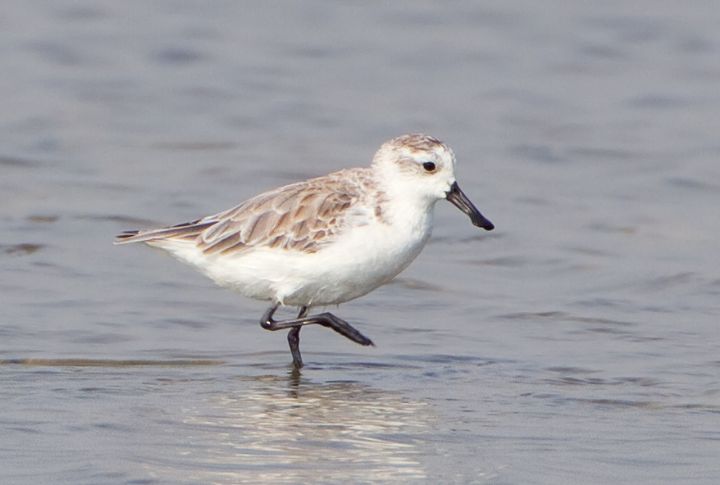
Fewer than 200 Spoon-billed Sandpiper breeding pairs remain, migrating between Russia and Southeast Asia. With its tiny size and distinctive spoon-shaped bill, the bird stands out as a unique find. Plus, the loss of breeding grounds has pushed the species to the brink, which turns it into an incredibly rare sight.
Philippine Eagle (Pithecophaga Jefferyi)
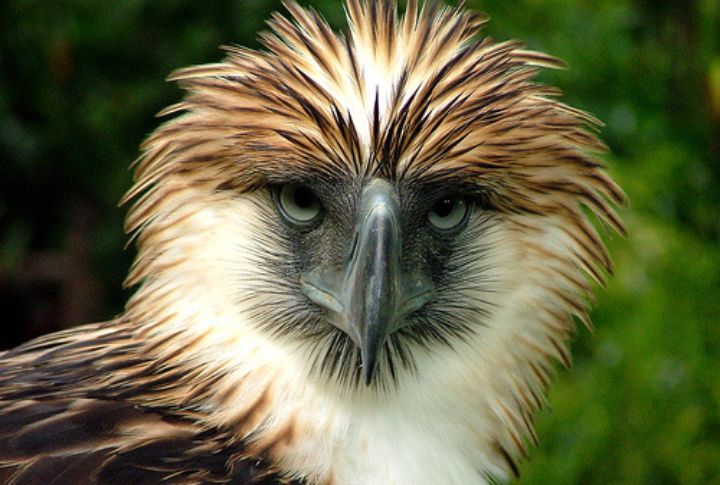
The rare Philippine Eagle, often called the “Monkey-Eating Eagle,” towers as one of the world’s largest raptors. Inhabiting the deep Philippine rainforests, it faces severe habitat destruction. Only about 400 remain today. Thus, spotting this huge eagle represents a true once-in-a-lifetime experience.
Forest Owlet (Heteroglaux Blewitti)
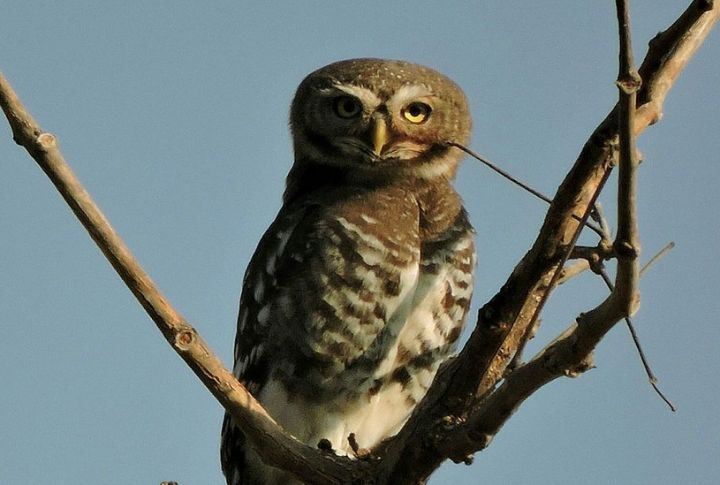
Declared extinct in the late 1800s, the Forest Owlet was rediscovered in 1997, offering a glimmer of hope. Found exclusively in India, it thrives in dense deciduous forests. A small but fierce predator, this owlet remains incredibly rare and makes sightings exceptionally remarkable.
Orange-bellied Parrot (Neophema Chrysogaster)
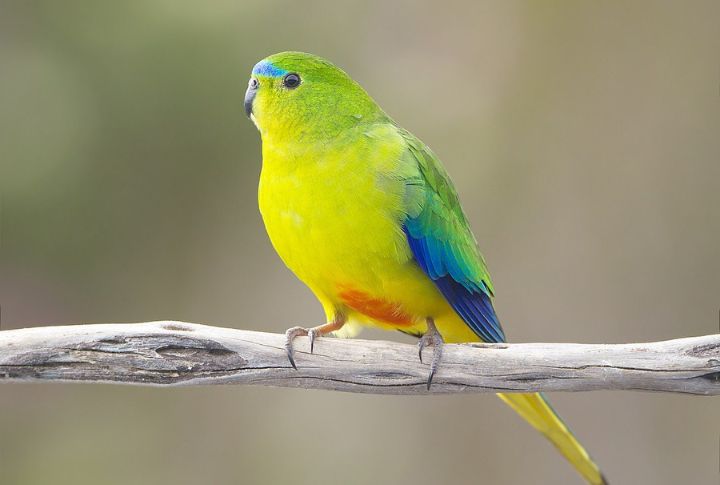
The Orange-bellied Parrot migrates between Tasmania and mainland Australia, one of the few migratory parrot species. Habitat loss and fragmentation threaten this vibrant parrot’s existence. However, conservation efforts, including breeding programs, aim to prevent its extinction and offer hope for this species.
Stresemann’s Bristlefront (Merulaxis Stresemanni)
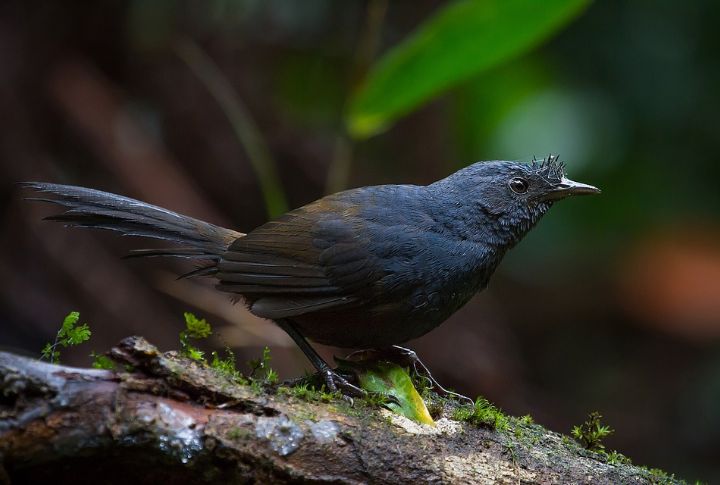
In the Brazilian Atlantic forest, Stresemann’s Bristlefront exists as one of the world’s rarest birds. Only a handful have ever been seen. They are known for their elusive ground-dwelling behavior and brush-like feathers. So, finding them feels akin to discovering an avian secret lost to time.
Imperial Amazon (Amazona Imperialism)
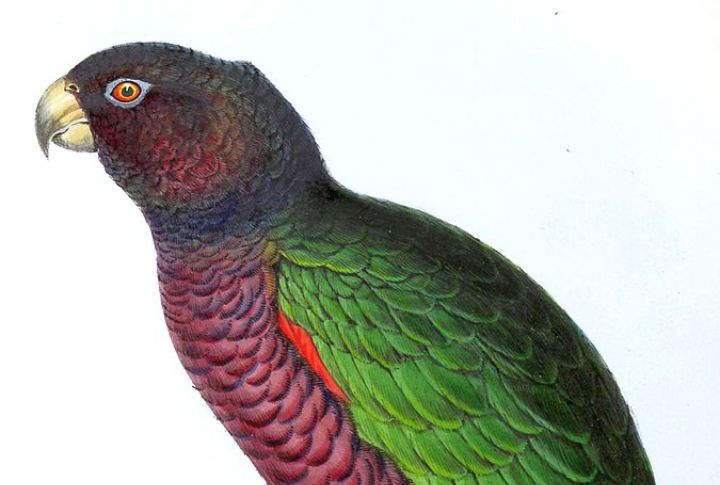
The Imperial Amazon, found only in Dominica, thrives in the secluded rainforests of the island’s towering mountains. Its vibrant mix of green and purple feathers showcases a rare natural elegance. Sadly, this stunning parrot is under threat from both deforestation and frequent hurricanes.
Night Parrot (Pezoporus Occidentalis)
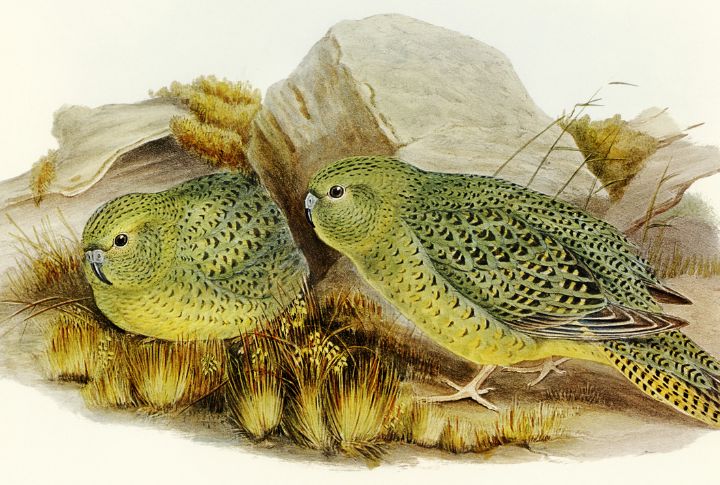
Long thought extinct, the Night Parrot’s rediscovery in 2013 thrilled enthusiasts. The secretive, nocturnal nature keeps it hidden in Australia’s arid inland. Moreover, sightings remain extremely rare due to limited habitat knowledge. Imagine crossing paths with one of nature’s greatest mysteries during a nighttime walk.
Javan Cochoa (Cochoa Azurea)
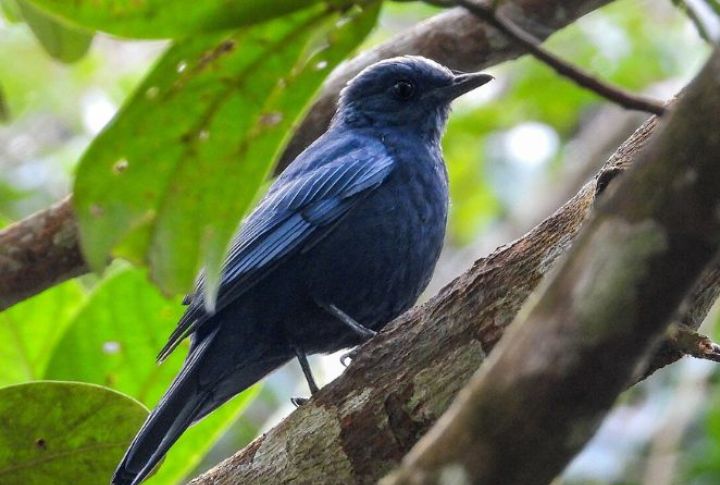
This bird is known for its brilliant azure-blue plumage and subtle dark streaks and it is notoriously difficult to spot due to its preference for dense undergrowth and its shy nature. With a declining population primarily due to habitat loss and fragmentation, the Javan Cochoa is considered rare and of conservation concern.
Rufous-headed Hornbill (Rhabdotorrhinus Waldeni)
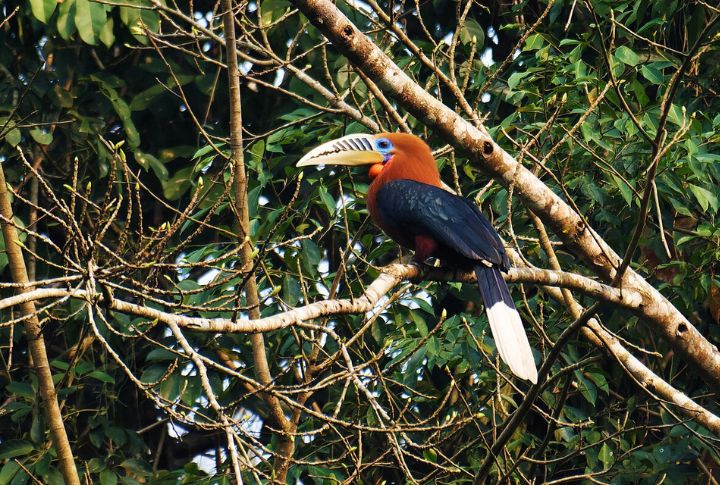
The Rufous-headed Hornbill, also called Walden’s Hornbill, is a critically endangered species found only in the rainforests of the Western Visayas in the Philippines. This hornbill is easily identifiable by its rufous head, black body, and large casque-topped bill. It plays an important role in its ecosystem as a seed disperser.
